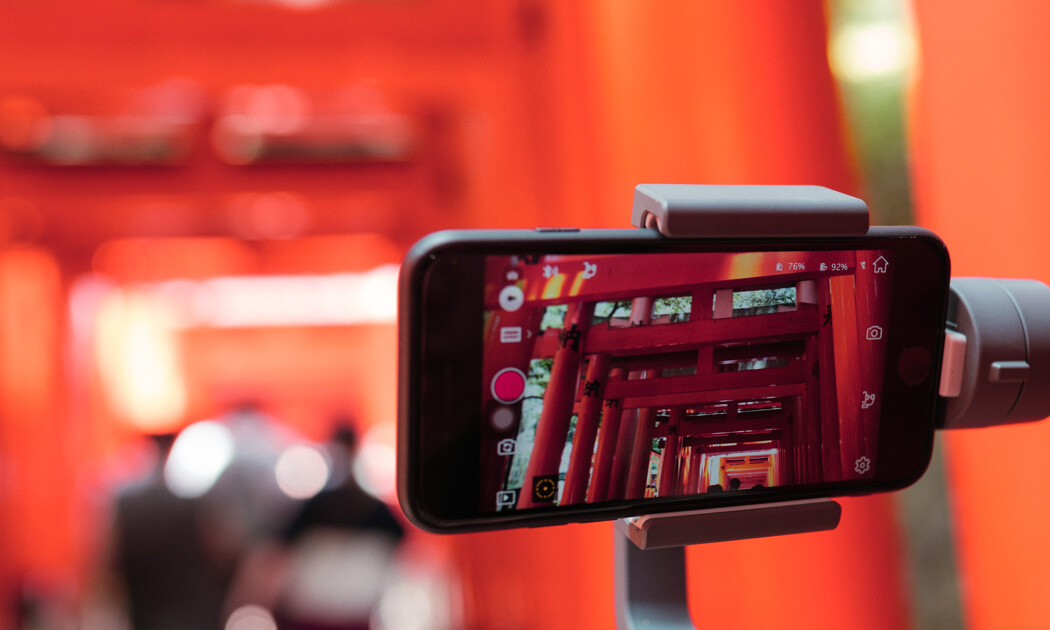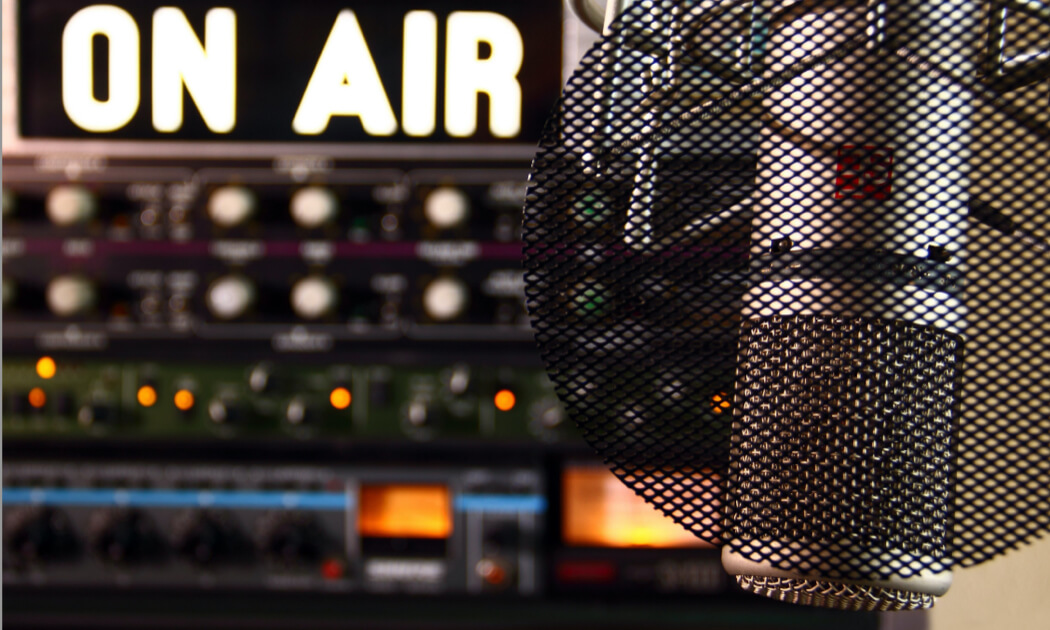I am in the market for a digital camera, but the various storage types that cameras use confuses me. Can you explain the differences?
- Melanie
This question was answered on December 9, 2002. Much of the information contained herein may have changed since posting.
Most digital cameras use one of the various ‘flash’ memory types for storing images, but with all of the different formats being used, even the most seasoned technocrat could become confused about which one to use.
The best format for you is based more on things outside of the camera, such as compatibility with MP3 players and PDAs or if your desktop computer has a specific card reader.
The current formats being used in digital cameras include CompactFlash, SmartMedia, Sony’s Memory Stick, MultiMediaCards, Secure Digital and Extreme Digital.
The most compatible of these formats is the CompactFlash, which has been in use for some time It has the highest storage capabilities and is one of the lowest cost per megabyte formats available The only knock on CompactFlash is its size, which tends to make the devices that use it a little larger.
SmartMedia, which is also one of the older formats, is also inexpensive but is basically on its way out as a supported media If you want to hedge your bets on the future, SmartMedia is probably one format to avoid.
If you are a big fan of Sony products, their proprietary Memory Stick format works in virtually all of their products, from MP3 players to cameras to their Clie PDA Most of their newer laptops also have a built in Memory Stick port for quick access to images, but you won’t get much support for this format outside of a Sony product.
MultiMediaCards are a very small format card, which allows manufacturers to create smaller cameras, but at a higher cost per megabyte than the previous three formats By most accounts, the MMC format is being phased out by a newer, faster format known as SD or Secure Digital The good news is that MMC cards can be used in SD slots, so at least the cards can be used into the next generation products If your choice comes down to MMC vs SD, go for the SD format.
The latest flash memory technology, called XD or Extreme Digital, was recently introduced by two camera manufacturers, FujiFilm and Olympus It is the smallest of all of the formats, which should allow them to create even smaller form factor cameras, but again, the cost per megabyte on new technology is generally higher, so expect to pay more for these cards.
I would not let the storage format be the primary reason for buying a camera, since it really won’t have any effect on the actual images that you take It only has to do with what you do with the images once you take them Consider investing in a card reader that matches the cameras media and connects to your computer via a USB cable This will allow you to take the storage card out of the camera and plug it directly into your computer, which is must faster than downloading the images through a cable from your camera.
Ultimately, the cost per megabyte may play a big role in your final decision, since most cameras come with a small memory card to start (16 to 32 Mb) Be sure to check the pricing on a 128 Mb card for each camera that you are considering, since it is likely to be added to your purchase sooner or later.
About the author
 Ken Colburn of Data Doctors on December 9, 2002
Ken Colburn of Data Doctors on December 9, 2002
Need Help with this Issue?
We help people with technology! It's what we do.
Contact or Schedule an Appointment with a location for help!

